10 inches is a measurement that equals approximately 25.4 centimeters. This length is comparable to the size of a standard dinner plate or the width of a sheet of paper. In various contexts, ten inches is often considered a medium-sized measurement, neither too large nor too small.
Picture holding something that measures ten inches. It’s bigger than most smartphones but smaller than a laptop, striking a balance between portability and practicality. Many are surprised at just how substantial this size can be when they experience it firsthand.
In terms of everyday objects, ten inches is close to the length of a large pencil or a small tablet. It’s a versatile size, often used in crafts, cooking, and even electronics. Understanding how big ten inches is can help in various practical applications, from shopping to planning projects.
How Big Is 10 Inches Compared to An Object?
When trying to visualize 10 inches, it’s helpful to compare it to objects we see and use every day. This approach makes the abstract concept of measurement more tangible and relatable. For instance, 10 inches is about the length of a large banana.
Most large bananas measure between 8 and 10 inches, so imagine a particularly long banana, and you’ve got a pretty good idea of 10 inches. These everyday comparisons help bridge the gap between abstract numbers and real-world understanding, making it easier to estimate sizes without always reaching for a ruler.
How Long Is 10 Inches In Centimeters?
For those more familiar with the metric system, or if you’re working on an international project, it’s useful to know that 10 inches equals exactly 25.4 centimeters.
This conversion is handy when you’re dealing with products or specifications from countries that use the metric system, which is most of the world outside the United States. To put this in perspective, 25.4 centimeters is about the width of a standard sheet of A4 paper, which measures 21 cm x 29.7 cm. So, 10 inches or 25.4 centimeters is just a bit wider than the short side of an A4 sheet.
Knowing both the imperial and metric equivalents can be incredibly helpful, especially when shopping online or working on projects with international collaborators.
How Big is 10 Inches In Feet?

When dealing with larger measurements, it’s often useful to convert inches to feet. 10 inches is equivalent to 0.833 feet. While this might seem like an awkward fraction, it’s helpful to know that it’s just slightly less than 1 foot, which is 12 inches.
To visualize this, imagine a ruler that’s almost, but not quite, a foot long. This comparison can be particularly useful when you’re considering room dimensions or furniture sizes. For example, if you’re told a piece of furniture is 3.833 feet wide, you can quickly estimate that it’s about 3 feet 10 inches, making it easier to picture in your space.
How Long are 10 Inches on a Ruler?
On a standard 12-inch ruler, 10 inches takes up most of the length, leaving just two inches remaining. This visual can be quite helpful when you’re trying to estimate measurements without a ruler handy. If you can picture a typical school ruler, 10 inches would be just shy of its full length.
It’s worth noting that many rulers also include centimeter markings on the opposite edge. On this side, 10 inches would align closely with the 25 cm mark, reinforcing the centimeter conversion we discussed earlier. This dual-scale feature on rulers makes it easy to compare and convert between inches and centimeters at a glance.
Common Things That Are 10 Inches Long
Understanding the size of 10 inches becomes even easier when we look at common objects that share this dimension. Let’s explore some everyday items that measure approximately 10 inches in length:
Small Cutting Board
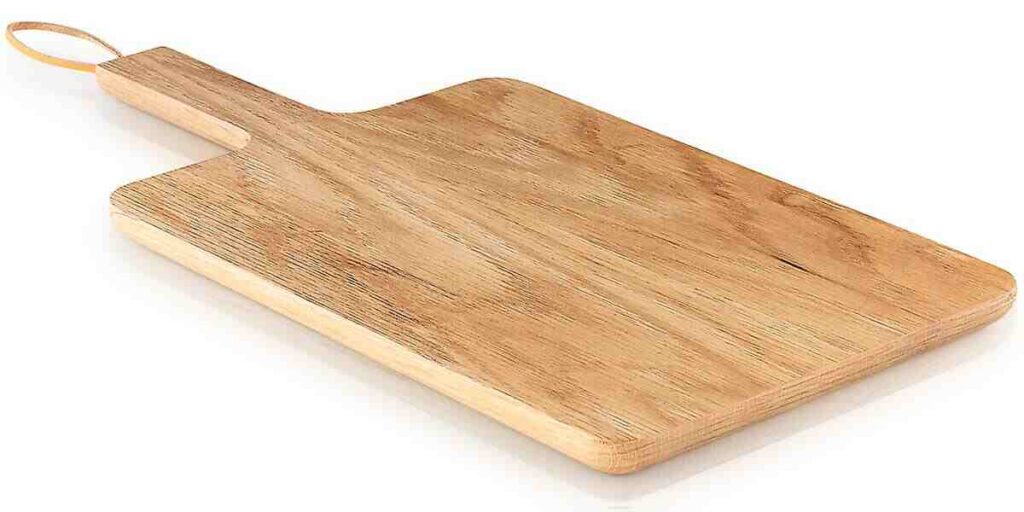
A small cutting board typically measures around 10 inches by 8 inches. This size is practical for everyday kitchen tasks like chopping vegetables or preparing small meals. Its dimensions give a clear visual representation of ten inches in one direction.
To visualize ten inches, consider the length of a small cutting board. Placing it on a flat surface allows you to see how it compares to a ten-inch measurement.
Using a small cutting board as a reference is convenient for quick size estimations. It provides an easy and familiar way to understand measurements in the kitchen or other settings.
Candle Stick

A typical candlestick is often around 10 inches in height. This size is common for standard candle holders used in dining and home decor. When you measure a standard candlestick, its height gives you a clear visual representation of ten inches.
To visualize ten inches, consider the height of a standard candlestick. Its length provides a practical way to understand and estimate this measurement using a familiar item.
Using a candlestick as a reference for ten inches is useful in various contexts. It offers a straightforward visual comparison, making it a handy tool for quick measurements when precise tools are not available.
Large Envelope
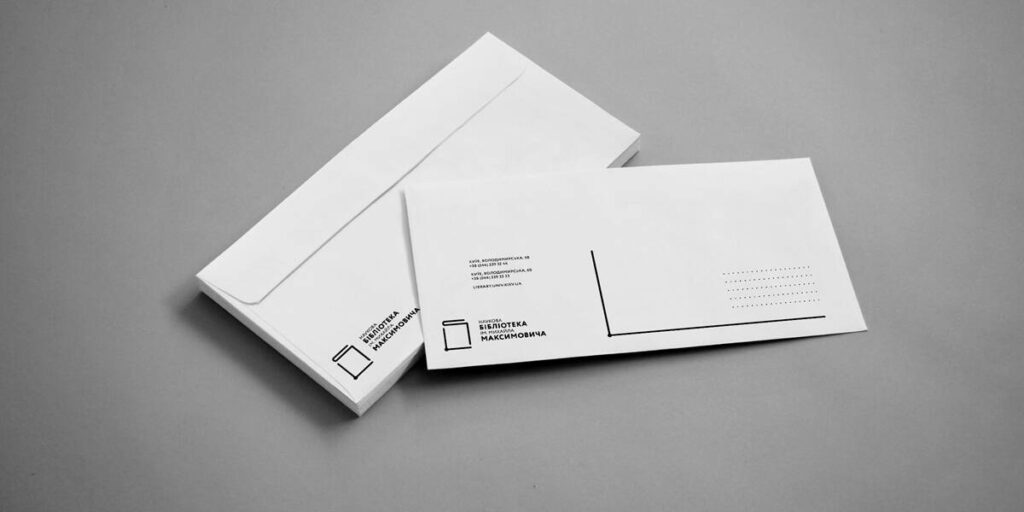
A large envelope, often used for documents or cards, typically measures about 9.5 to 10.5 inches in length. This size makes it a practical reference for visualizing ten inches.
To visualize ten inches, consider a large envelope laid flat. Its length provides a close approximation to the measurement of ten inches.
Using a large envelope as a reference is convenient for quick estimations. It offers an easy and accessible way to gauge lengths, especially when precise measurement tools are not at hand.
Laptop Screen (Small Model)

A small laptop screen typically measures around 10 to 12 inches diagonally. This size is common for compact or ultraportable laptops. When you measure the diagonal length of such a screen, it gives you an approximation of ten inches.
To visualize ten inches, consider the diagonal of a small laptop screen. This provides a practical way to understand the length using a familiar device.
Using a laptop screen as a reference is useful for estimating lengths and sizes in everyday situations. It offers a clear visual comparison, particularly helpful when you need a quick and relatable measurement.
Five Golf Tees

Golf tees generally measure about 2 to 2.5 inches in height. When you align five golf tees end to end, their total length will be between 10 and 12.5 inches, depending on the exact size of the tees. This provides a clear visual approximation of ten inches.
To get a sense of ten inches, you can line up five golf tees in a straight line. This arrangement offers a simple and practical way to estimate the length using common golf accessories.
Using golf tees as a reference for measurement is convenient in various situations. It provides an easy and accessible visual comparison, making it a handy tool for quick estimates when precise measurements are not available.
Two Soda Cans

A standard soda can is about 4.83 inches tall. When you place two soda cans end to end, their combined length will be approximately 10 inches. This gives you a close visual approximation of ten inches.
To visualize ten inches, you can align two soda cans in a straight line. This simple arrangement provides a practical way to understand the length using familiar beverage containers.
Using soda cans as a reference is useful for quick measurements. It offers an easy and relatable method to gauge lengths, especially when precise measurement tools are not available.
A Bread Knife
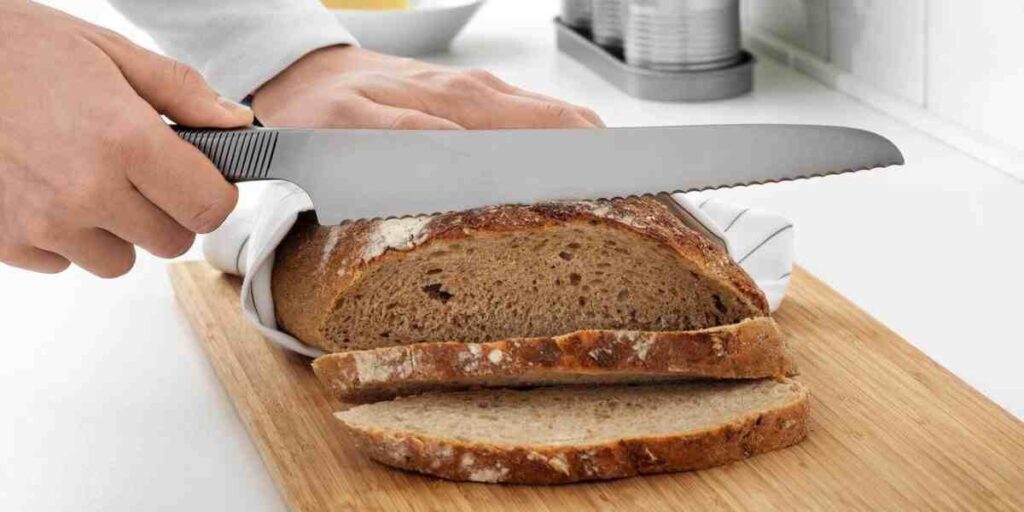
A typical bread knife is around 10 to 12 inches long. This length makes it a practical kitchen utensil for slicing through loaves of bread with ease. The blade’s length helps in cutting even slices without squashing the bread.
To visualize a length of ten inches, consider the length of a standard bread knife. Its handle to blade length provides a clear reference for understanding this measurement.
Using a bread knife as a reference point for ten inches is useful, especially in the kitchen. It helps you estimate lengths easily and offers a practical visual comparison when precise measurements are needed.
Three Debit Cards

Standard debit cards measure about 3.37 inches in length. When you line up three of these cards end to end, their total length will be approximately 10.11 inches. This offers a clear and practical visual for understanding a length close to ten inches.
To get a sense of ten inches, you can align three debit cards in a straight line. This simple method provides an easy and accessible way to estimate the length using common financial transaction tools.
Using debit cards as a reference for measurement is convenient in everyday situations. It allows for a quick visual comparison, especially useful when precise measuring tools are not available.
Three Standard-Playing Cards
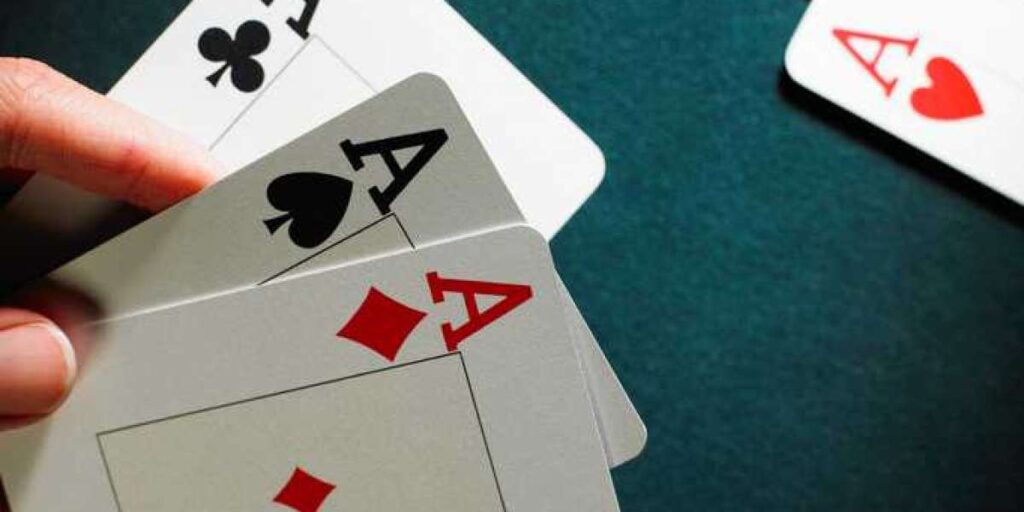
Standard playing cards are typically about 3.5 inches long. When you stack three of these cards end to end, their total length will be approximately 10.5 inches. This gives you a clear and practical visual for understanding a length close to ten inches.
To visualize ten inches, you can line up three playing cards in a row. This arrangement provides a quick and easy reference using something familiar and commonly available in card games and entertainment.
Using playing cards as a measurement tool is useful in everyday scenarios. It helps you estimate lengths effectively and can be particularly handy when you need a simple visual comparison.
Five AA Batteries
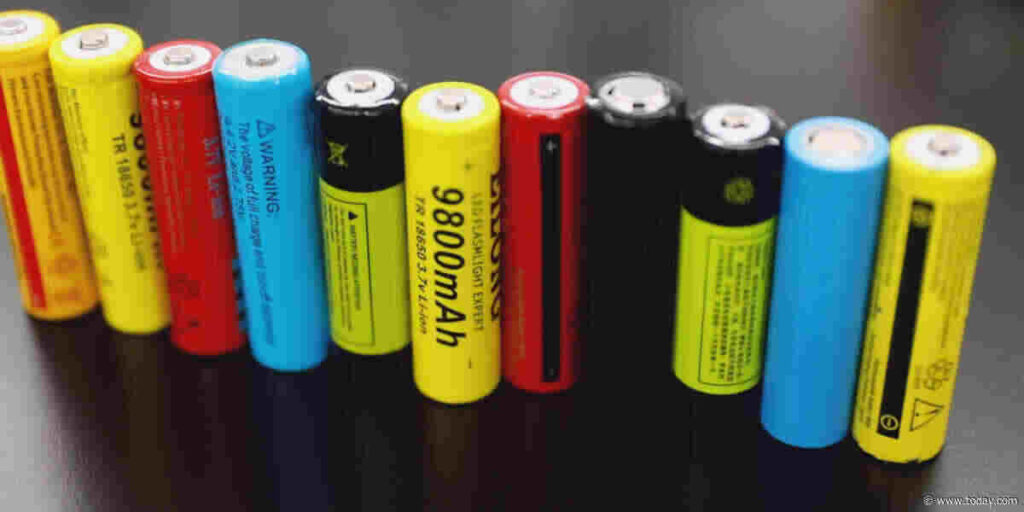
AA batteries are commonly used and measure approximately 2 inches in length. When you place five AA batteries end to end, their total length will be about 10 inches. This offers a straightforward visual for understanding a length of ten inches.
To visualize ten inches, you can align five AA batteries in a straight line. This method provides a practical way to estimate length using everyday items that are often at hand.
Using AA batteries as a reference is convenient for quick measurements. It offers an easy and tangible way to understand and compare lengths without needing specialized tools.
Two Pens
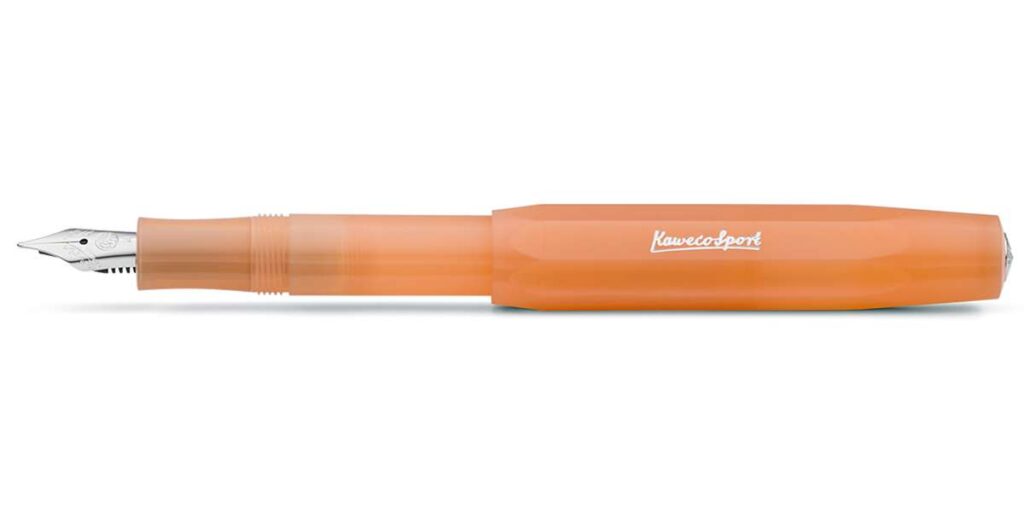
Most standard pens are about 5 to 6 inches long. When you place two pens end to end, their combined length will be around 10 to 12 inches. This gives you a clear visual representation of ten inches using common office supplies.
To visualize ten inches, you can line up two pens in a straight line. This simple method helps you quickly estimate the length without needing any special tools or measurements.
Using pens as a reference for ten inches is a practical approach. It offers an easy way to understand and compare lengths, making it useful for everyday situations where precise measurements are needed.
Two Table Spoons
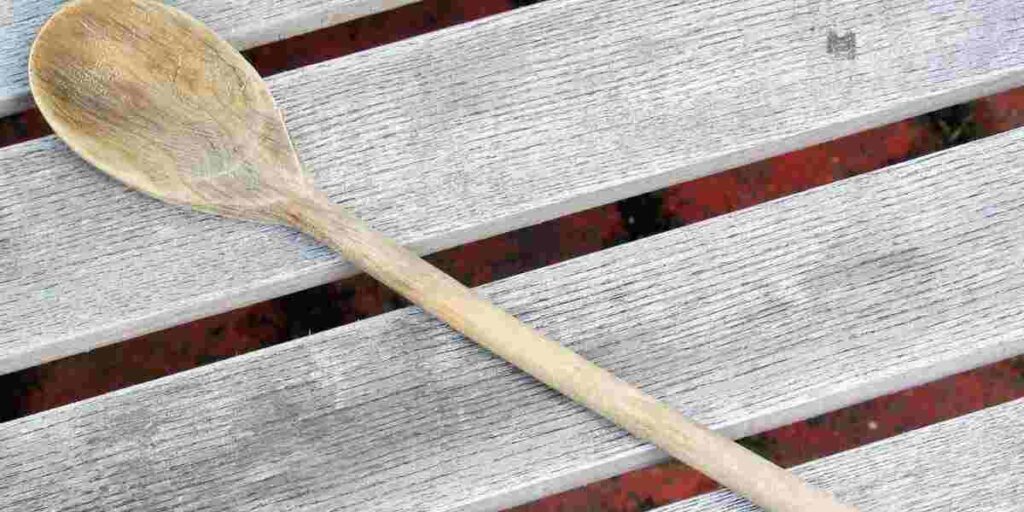
Standard tablespoons typically measure about 6 inches in length. When you place two tablespoons end to end, their combined length will be approximately 12 inches. This provides a straightforward visual reference for understanding a length close to ten inches.
To visualize ten inches, you can align two tablespoons, positioning them end to end. This method gives you a clear and practical idea of the length, using familiar kitchen utensils.
Using tablespoons as a measurement tool is handy in everyday situations. It offers an easy and relatable way to estimate lengths, especially when you don’t have a ruler or tape measure available.
Practical Applications of 10-Inch Measurements
Understanding the size of 10 inches can be incredibly useful in various everyday situations. In cooking, for example, many recipes call for ingredients to be cut into specific sizes.
Knowing that 10 inches is about the length of a standard piece of paper can help you estimate the size of vegetables or cuts of meat without always reaching for a ruler.
In home improvement projects, the 10-inch measurement comes up frequently. Whether you’re hanging pictures, installing shelves, or measuring for furniture, being able to quickly visualize 10 inches can save time and prevent errors.
For instance, if you know your hand span (from thumb tip to pinky tip when stretched out) is about 8 inches, you can easily estimate 10 inches by adding a bit more to that span.
Also Read: How Big is 10 OZ?
How to Estimate 10 Inches Without a Ruler
While it’s always best to use a proper measuring tool for precise work, there are times when you might need to make a quick estimate without a ruler handy. Here are some tips for approximating 10 inches using your body:
- Hand Span: For most adults, the distance from the tip of the thumb to the tip of the pinky finger when the hand is fully stretched is about 9 inches. Adding just a bit more gives you a good estimate of 10 inches.
- Forearm: The distance from your elbow to your wrist is often close to 10 inches, though this can vary widely between individuals.
- Foot Length: While foot sizes vary, many adult foot lengths are close to 10 inches. Knowing your own foot length can provide a handy reference.
Remember, these are rough estimates and can vary from person to person. For precise measurements, always use a proper measuring tool.
Frequently Asked Questions
How big is 10 inches compared to an object?
Ten inches is roughly the length of a large banana or a small cutting board.
How big is an inch in the fingers?
An inch is about the width of a thumb or roughly the length of the first segment of a finger.
How long is an inch example?
An inch is roughly the length of a paperclip or the width of a large button.
How big is a size 10 waist in inches?
A size 10 waist typically measures around 28 to 30 inches.
How long is 1 ruler in inches?
A standard ruler is 12 inches long.
Are rulers exactly 12 inches?
Yes, most standard rulers are exactly 12 inches long.
Which is bigger, 1 cm or 1 inch?
An inch is bigger than a centimeter; 1 inch equals 2.54 centimeters.
Conclusion
The size of 10 inches opens up a world of practical applications in our daily lives. From cooking and home improvement to shopping and crafting, this common measurement appears more often than we might realize. By comparing it to everyday objects like soda cans, debit cards, and golf tees, we’ve created mental reference points that make estimating 10 inches quick and easy.
Whether you’re working in inches, centimeters, or feet, having a clear grasp of what 10 inches looks like can save time and prevent errors in various tasks. So the next time you come across a 10-inch measurement, you’ll have a wealth of comparisons to draw from, making the abstract concept of 10 inches as tangible as the pen in your hand or the golf tee on the course.

I’m Jean Scout, and I’m thrilled to be the person behind all the measurements and dimensions you’ll find here! With a love for numbers and practical solutions, I’ve made it my mission to break down complex conversions into simple, bite-sized pieces. Whether you’re figuring out room sizes or tackling tricky conversions, I’m here to make it easy and fun. Let’s get measuring together!

